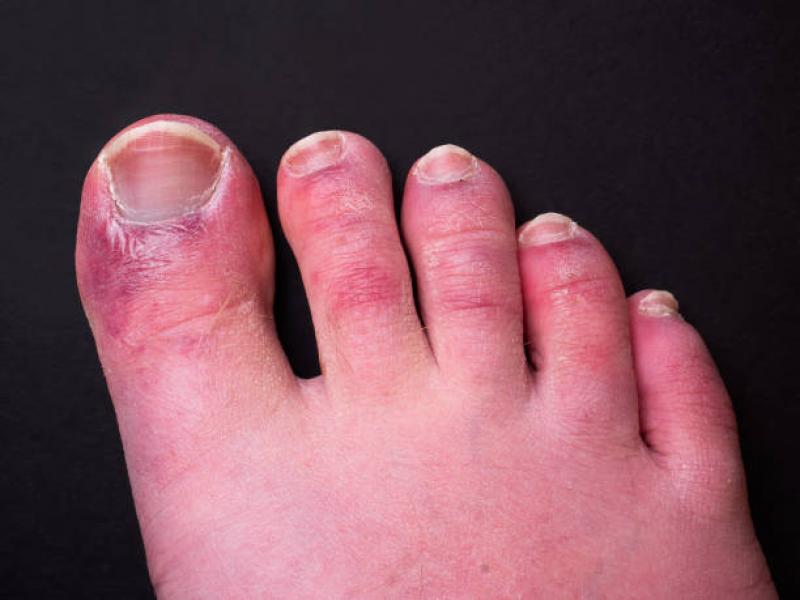The Diabetic Foot Ulcers Treatment Market to Expand owing to Increased Geriatric Population
Diabetic foot ulcers, also known as diabetic foot, is a common complication of long-standing diabetes that develops primarily due to neuropathy and peripheral vascular disease. Treatment of these foot ulcers aims to properly disinfect infected areas and promote wound healing. Medication therapies include dressings, growth factor therapy, skin grafts, debridement, and offloading devices. Treatment depends on the severity of the ulcer and patient's overall condition. Advanced products such as bioengineered skin equivalents are also being used to improve healing outcomes.
The global diabetic foot ulcers treatment market is estimated to be valued at US$ 7.72 Bn in 2024 and is expected to exhibit a CAGR of 10.% over the forecast period 2023 to 2030. Demand is primarily driven by the growing diabetic population globally coupled with increasing life expectancy rates. The International Diabetes Federation estimates that approximately 643 million people aged between 20-79 years will have diabetes by 2030. Poorly managed diabetes can lead to various complications including foot ulcers. As geriatric population prone to develop this condition expands rapidly, treatment needs are projected to surge substantially.
Key Takeaways
Key players operating in the diabetic foot ulcers treatment are 3M Healthcare, Braun Melsungen AG, Smith & Nephew, Inc., Organogenesis, Inc., Derma Sciences Inc., Sigvaris Inc., Acelity L.P. Inc., Osiris, Molnlycke Health Care AB, Alkem Laboratories Ltd., Healthium Medtech, Kerecis, Podimetrics, Carmell Corporation, Paracrine, Inc., VIVEX Biologics, Inc., and PolarityTE, Inc. These companies are focusing on developing innovative treatment solutions for faster wound healing and recuperation.
The growing global diabetic population coupled with unhealthy lifestyles has enhanced the risk of developing foot ulcers, driving the need for effective treatment options. According to estimates, 15% of diabetes patients are likely to develop foot ulcers in their lifetime.
Technology advancements have enabled development of novel treatment solutions including bioengineered skin substitutes, smart wound dressings integrated with sensors, and stem cell therapies that can significantly accelerate the healing process and reduce complications.
Market Trends
Growing preference for advanced wound care products: Due to the chronic nature of diabetic foot ulcers, demand is increasing for advanced wound care solutions including bioengineered skin substitutes and intelligent dressings with sensors to improve healing rates.
Rising investment in R&D: Major players are investing heavily in R&D to develop more effective treatment modalities. New avenues such as stem cell therapies, gene therapy, tissue engineering are being explored.
Market Opportunities
Affordability of treatments in developing regions: There is scope to drive adoption through development of low-cost biosimilars and affordable advanced wound care technologies suitable for resource-poor settings.
Online sales and telehealth options: With digital health gaining prominence, online platforms for purchasing OTC wound care products and virtual consultation services could be tapped. This improves access while maintaining social distancing.
Impact of COVID-19 on Diabetic Foot Ulcers Treatment Market
The COVID-19 pandemic has significantly impacted the growth of the diabetic foot ulcers treatment market globally. Some of the key aspects are - reduced access to treatment centers during lockdowns, fear of contracting the virus prevented diabetic patients from visiting hospitals and clinics even for dialysis and other regular treatments. This has led to worsening of foot ulcers for many diabetics. The supply chain disruptions also created temporary shortage of treatment products like dressings, offloading devices etc. This compounded the problem.
Geographical Regions with Maximum Market Concentration
North America region currently accounts for the largest share of the global diabetic foot ulcers treatment market in terms of value. This is attributed to factors like high prevalence of diabetes, early adoption of advanced products, extensive insurance coverage and reimbursement policies supporting regular treatment cost. The US dominates the North America regional market.
